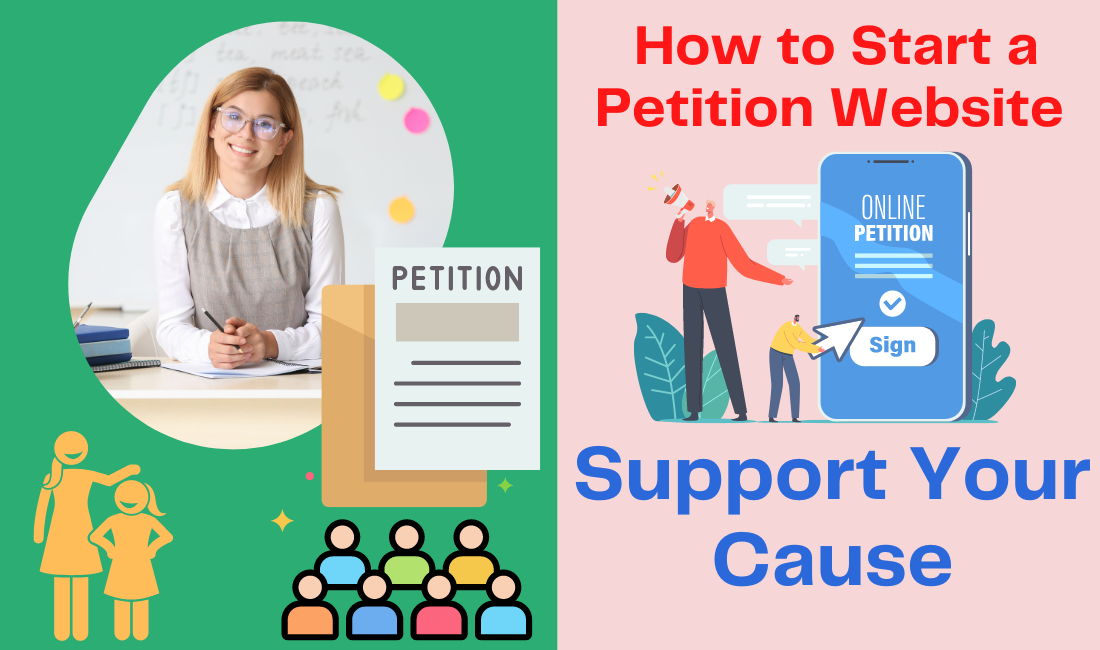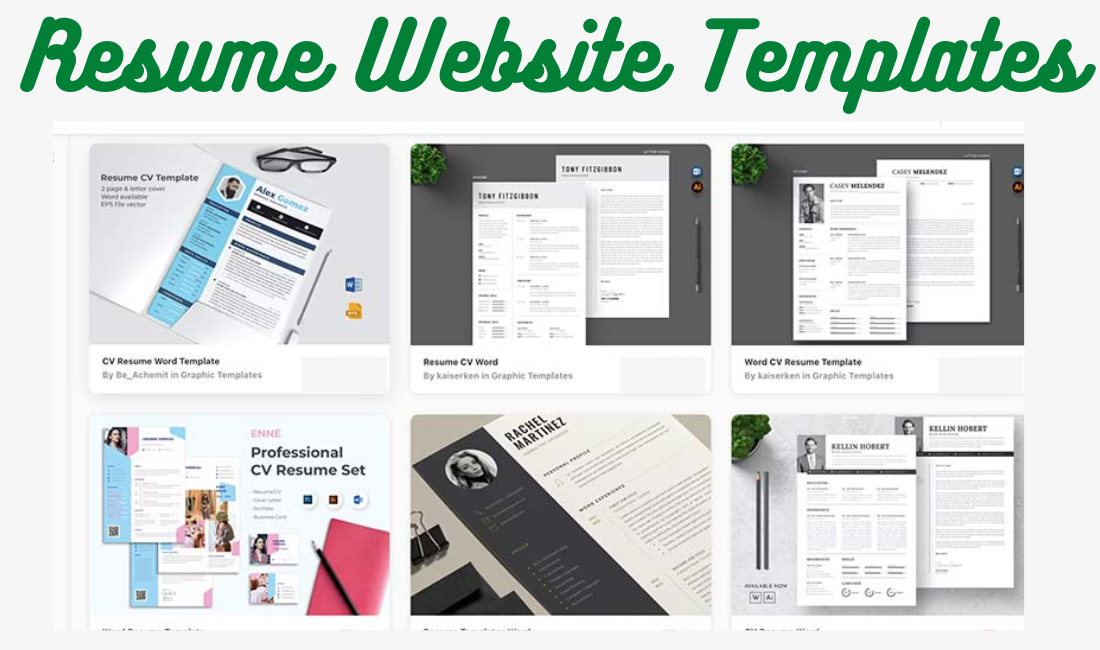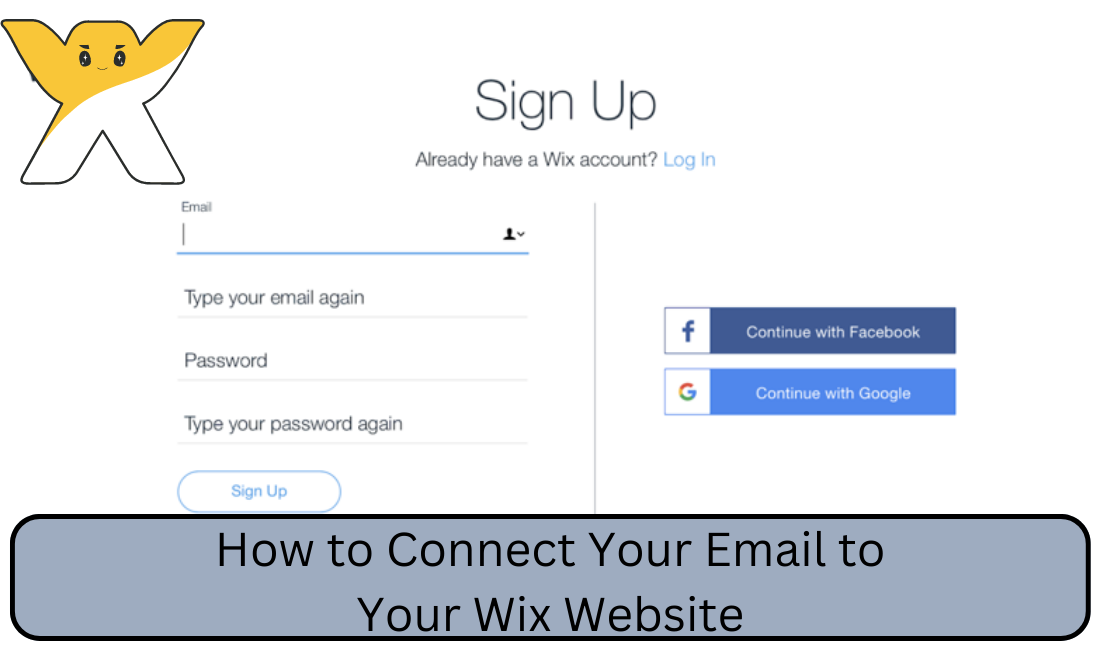Starting a petition website is a great way to get your voice heard by large groups of people. Not only can you get your message out there to a wide audience, but you can also track the progress of your petition and make sure that it’s being received as positively as possible. In this article, we’ll show you how to set up and manage a petition website on WordPress.
Starting a petition website can be an effective way to get your voice heard and make a change in the world. There are a few things you need to do in order to create a successful petition website. In this article, we will outline the steps you need to take in order to get started.
What is a Petition Website?
Petition websites are websites that allow people to create and sign petitions online. Petition websites allow users to easily create petitions, track the progress of their petitions, and send email notifications when new signatures are added.
How to Start a Petition Website:
1. Choose a cause that you care about.
2. Create a website for your cause.
3. Choose a template or create your own petition website.
4. Choose a domain name and set up your website.
5. Add your content and start collecting signatures!
What is the Petition Process?
There is no one “right” way to start a petition website. However, there are some important steps that you should take to ensure that your website is successful:
– Choose a cause that you care about. The more passionate and dedicated you are to your cause, the more likely people will be to sign your petitions.
– Create a clear and concise petition platform. Make sure your petitions are easy to find, understand, and sign. Include information about your petition (what it is asking for, when it was started, how many signatures it has), as well as links to additional information (media coverage, fact sheets, etc).
– Promote your website. Share links to your website on social media platforms, in email campaigns, and at events where people are discussing issues related to your chosen cause.
How to Create Your Petition?
Creating a petition website is a great way to get your voice heard. You can use this website to collect signatures on petitions that support your cause. You can also use this website to keep track of the progress of your petition and share information with supporters.
To create a petition website, you will need the following:
1. A domain name (such as change.org).
2. A web hosting account.
3. A web design or development company.
4. A petition software program (such as SumoMe).
5. An online petition platform (such as Change.org).
6. Petition signers (you or your supporters).
How to Promote Your Petition?
Creating a petition website is an effective way to get the attention of government officials and promote your cause. To start a petition website, you’ll need to gather information about your issue and create a compelling online presence for your petition.
Here are three steps to help you promote your petition website:
1. Draft a Message: Your petition website should be focused on one clear message, which will be prominently displayed on the home page. Make sure that the message is easy for people to understand and that it captures the essence of your cause.
2. Choose a Domain Name and Hosting: Once you have drafted your message, it’s time to choose a domain name and host your website. A generic domain name such as petitionsite.com may not be as effective as a more targeted domain name like cancerpetition.org. You should also consider hosting your website with a reputable provider, such as GoDaddy or Google Sites.
3. Promote Your Petition Site: Once you have created your website, it’s important to promote it in order to attract signatures from interested parties. There are several ways to do this, including posting announcements on social media platforms and running advertisements on search engines.

Create a clear and powerful homepage
When you first create your petition website, you’ll want to make sure that the homepage is clear and powerful. You’ll also want to make sure that all of the information on the homepage is easy to find and understand.
Here are a few tips for creating a strong homepage:
1. Make sure that your homepage is simple and easy to navigate. You want people to be able to find the information they need quickly and easily.
2. Make sure that all of the information on your homepage is easy to read and understand. Use simple language and graphics that are easy to understand.
3. Make sure that your homepage is updated regularly. Keep it current with the latest news and events related to your cause.
4. Make sure that your homepage looks professional and attractive. This will help people feel confident about supporting your cause.
5. Make sure that your homepage is interactive. Include features that allow people to support your cause directly from your website.
Create a form for signatures
One way to collect signatures on a petition is to create a website that people can sign up on. This website can have a form for people to enter their name and email address, and then the website will send them an email notification when there is a new petition update available.
This website can also have a form for people to enter their contact information if they want to be involved in the campaign in some way.
Keep your supporters in the loop
Starting a petition website is a great way to keep your supporters in the loop and engaged. When people sign a petition, they are communicating their support for a cause. This gives the petition more credibility and can help it move faster through the system.
Here are some tips for starting a petition website:
1. Choose a cause that you care about. When starting a petition website, it is important to pick a cause that you are passionate about. This will help you stay motivated when working on the site.
2. Organize your site well. When starting a petition website, it is important to have an organized site. Make sure all of your information is easy to find and organized logically. This will help people find what they are looking for quickly and make the process of signing petitions easier.
3. Promote your site online and offline. When starting a petition website, it is important to promote it online and offline. Try using social media platforms like Twitter and Facebook to get the word out there. Also, try to get coverage from popular news outlets or blogs in your niche. This will help increase awareness of your site and increase the number of signatures that you receive.





